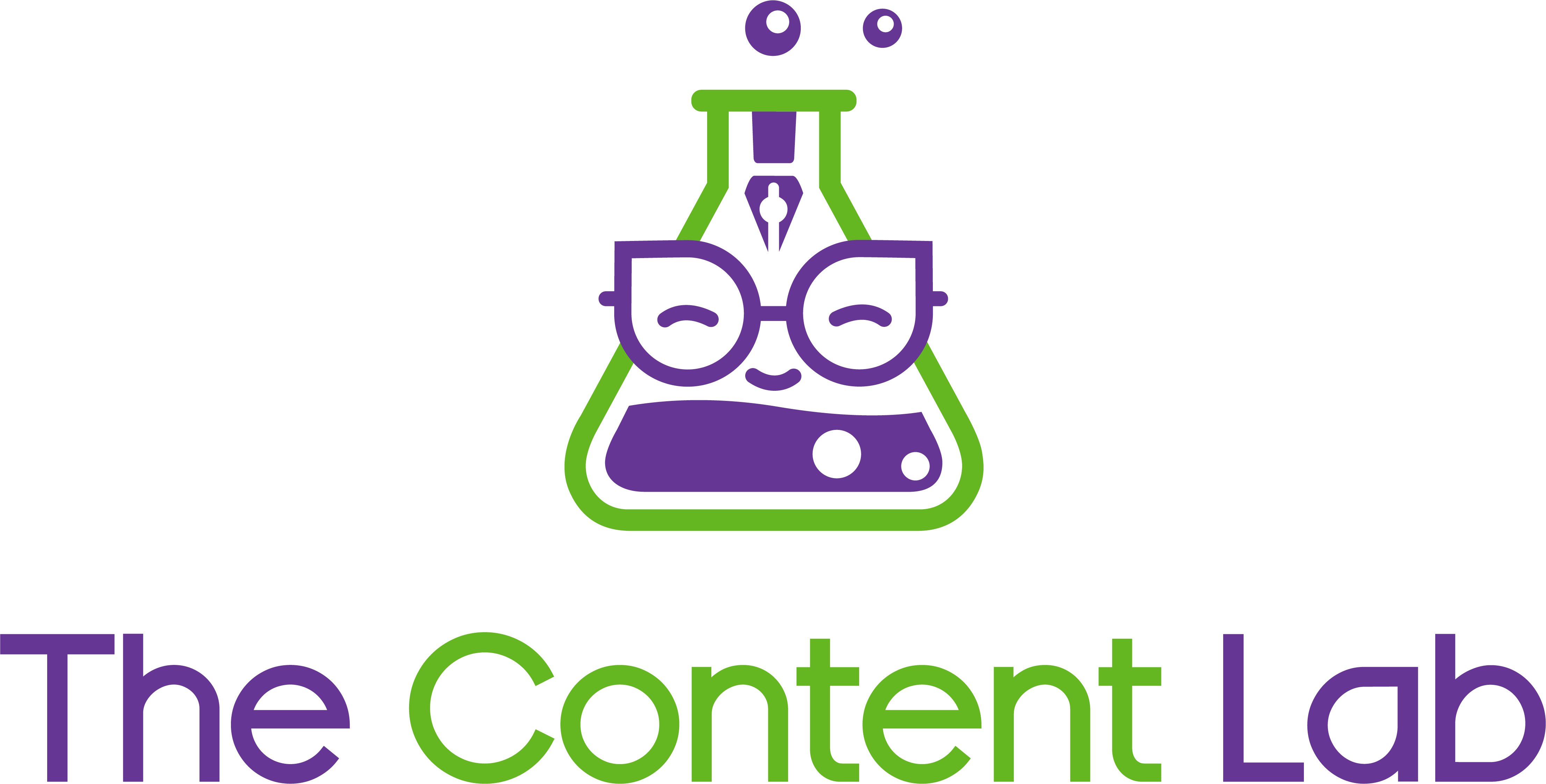All of our content is researched and written by human writers. No robots here!
“Most good copywriters…fall into two categories. Poets. And killers. Poets see an ad as an end. Killers as a means to an end.’ If you are both killer and poet, you get rich.” –David Ogilvy
Writing effective online copy involves many moving parts. You’ve got to cover everything from the brand voice, messaging, and tone to the audience’s preferences, pain points, and persona — not to mention relevant keywords and search engine optimisation.
But David Ogilvy is right — the best copywriters care as much about the writing itself as they do about the results it achieves.
You might not consider yourself a poet; but you can’t convert without connection. Connection takes craft, and poets craft connections like nobody’s business!
Luckily, many of the same tools at the poet’s disposal are yours for the taking and ready to apply to your copywriting. With a few of the literary devices for copywriting we’ll explore in this blog, you can elevate your copy to stand out from the crowd, engage your audience, and ultimately see better results.
Disclaimer: As you’ll see in this blog, many literary devices can make your copy smoother, more unique, more memorable, and more effective. But don’t overdo it — or overthink it. Listen to your instincts, and pepper in these creative writing tools to enhance what’s already great about your writing. With practice, you’ll find a natural balance of devices like rhythm, repetition, and imagery, strengthening your copy without overcomplicating it. Technique is great, but at the end of the day, readability is king!
Now that that’s clear — ready to jump in? Let’s go!
Sound Advice: Literary Musicality
One of the main things that distinguishes poetry from everyday speech is its musicality: its flow and the steady (or unsteady) beat of its syllables. Poetic devices like rhythm, rhyme, assonance, and consonance are the main ingredients of musical writing. They’re what make us stop and think, “That’s got a nice ring to it.” In this section, we’ll explore each one and look at some examples.
1. Rhythm & Metre
What is rhythm?
Whether written or spoken, every language has its own unique natural rhythm. It’s the general pace at which we speak or read.
What is metre?
Related to rhythm, metre is the arrangement of words into patterns of emphasised (or ‘stressed’) and un-emphasised (‘unstressed’) syllables.
How they’re beneficial
In copywriting, a lack of rhythm and metre can make your content clunky and difficult to read.
But, when used effectively, they can shape the tone of your text to make it smoother and more readable. With these devices, you can add emphasis in all the right places and establish a flow of words and syllables that carry the reader effortlessly across the page — or bring them to a sudden stop for dramatic effect.
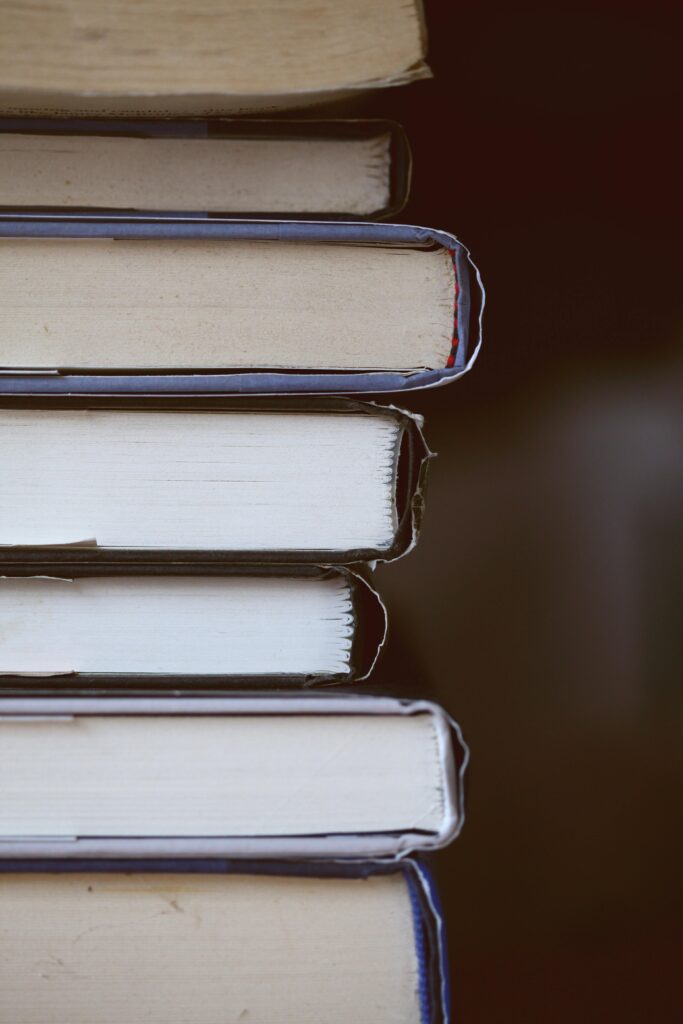
Examples:
If you’ve studied classics like Shakespeare, you’ll already be familiar with one of the most popular metrical patterns in the English language — iambic pentameter. Take this famous line from The Bard’s “Sonnet 18” for example:
“Shall I | compare | thee to | a sum | mer’s day?”
Iambic pentameter is the most common metrical pattern in English speech and writing to this day. Many of our words and phrases naturally fall into iambic beats, and a pentameter line fits easily into a single breath when speaking aloud. Take a look at this more-or-less iambic pentameter line we hear in almost every modern vlog these days:
“Hello | and wel | come to | ano | ther vi | deo.”
But iambic pentameter isn’t our only option. Read the following slogans out loud. Pay attention to their different rhythms (and I’ll resist the urge to analyse each one’s metre):
- Bounty: “The Quicker Picker Upper”
Way smoother than “It picks stuff up quick”! - De Beers: “A Diamond Is Forever”
Another metrical option would have been “A Diamond to Last You a Lifetime” — but “a lifetime” isn’t as long as “forever”. - The New York Times: “All the News That’s Fit to Print”
A solid metrical line! (This one’s trochaic tetrameter. 🤓) - KFC: “It’s Finger Lickin’ Good”
Bingo! Iambic trimeter. ’nuff said.
Rhyme
What is rhyme?
Rhyme is the relationship between the sounds of words and syllables. Today, we find it everywhere, from classic poetry to pop lyrics to contemporary copy. So, chances are, you’ve heard plenty of rhyme in your…time. (Ooh, see what I did there?)
How it’s beneficial
Rhyme plays such a prominent role in some of history’s oldest stories and poems, and we still use it today in songs, nursery rhymes, and mnemonic devices. And for good reason!

This poetic device does more than decorate our language with pretty sounds. They get stuck in our heads, making our stories, songs, and other information easier to remember. I don’t know about you, but I’ll never forget how to screw in or unscrew a lightbulb. (“Righty tighty, lefty loosey”, anyone?) And I’ll bet you can remember many poems, songs, and sayings from your childhood, too. That’s the power of rhyme!
You can sprinkle rhyme throughout your copy to make it more musical and memorable. Just don’t overdo it! A little rhyme goes a long way — too much, and you risk sounding cheesy.
Examples:
Did you know there’s more than one kind of rhyme? Here are a few familiar (and not-so-familiar) forms rhyme can take:
- Perfect rhyme: Identical vowel and final consonant sounds. Think “dream team” and “double trouble”.
- Imperfect rhyme: Words or syllables that sound similar but not exactly the same, also known as near rhyme or slant rhyme. These are great when you want to add musical flavour to your writing, but perfect rhymes come on a bit too strong. Think “love” and “prove” or “tell” and “toll”, for example.
- Pararhyme: AKA double consonance, where different vowels appear between identical consonants or consonant sounds. For example, “tell” and “toll” from the previous example also count as pararhymes with identical consonants! “Cold” and “killed” are pararhymes with different consonant letters but identical consonant sounds. These are an even more subtle way to add a touch of musicality to your copy without sounding like Dr. Seuss.
- Rich rhyme: Two words with different spellings but identical or near-identical pronunciations (AKA homonyms). Think “bare” and “bear” or “plane” and “plain”. Rich rhymes are especially useful for creating puns! (More on puns later…)
- Visual rhyme: Kind of the opposite of a rich rhyme. Visual (or ‘eye’) rhymes look like they rhyme, but they don’t. “Though”, “through”, and “rough” all have identical -ough endings — but they each sound different when spoken aloud. The same goes for “one”, “gone”, and “alone”.

3. Assonance, Consonance, & Alliteration
What is assonance?
Assonance is the echo of vowel sounds across words or syllables when spoken aloud. Hear the ‘ow’ sound in “vowel” and “sounds” in the previous sentence? That’s assonance!
What is consonance?
Consonance is kind of like the opposite of assonance. It’s the repetition of consonant sounds across words or syllables in your copy (like the ‘c’ sound in “consonant”, “across”, and “copy”).
What is alliteration?
Alliteration is the repetition of the first sound (vowel or consonant) of two or more words in a single line or phrase. “Form”, “first”, and “phrase” are all alliterative words in the previous sentence, all starting with the ‘f’/‘ph’ sound.
How they’re beneficial
Like rhythm and rhyme, when used in moderation, these devices add a musical appeal to your writing, giving it an intentional, professional polish and making it more memorable.
Examples:
Let’s look at a few more slogans to see these literary devices at work in modern copy:
- Assonance: Check out the long ‘a’ sounds in the Skittles slogan — “Taste the rainbow”.
- Consonance: Most consonant slogans are alliterative (see next point). But corporate giants Disney and Visa use slightly subtler consonance in their respective taglines. Listen for Disney’s ‘p’s and Visa’s ‘w’s — “The Happiest Place on Earth” and “Everywhere you want to be”.
Alliteration: Maybelline Cosmetics use alliterative ‘m’ sounds throughout their slogan — “Maybe she’s born with it. Maybe it’s Maybelline”. This slogan is also rich with repetition (something we’ll cover in the next section)!
Structure: Piecing Together the Prose
Literary devices like the ones we’ve just seen can help make our content cleaner, more memorable, and more musical. But you can borrow even more literary techniques from the poets to elevate your copy. Adding rhetorical devices like repetition, parallelism, and the rule of three to the structure of your content can add style, emphasis, and emotional appeal. We’ll look at these — plus a few examples — in this section.
4. Repetition
What is repetition?
There are several types of repetition (and we’ll look at a few in this section). But at its core, it’s exactly what it sounds like: using a word, a phrase, or a grammatical structure more than once in a piece of writing.
How it’s beneficial
Like rhythm, rhyme, and alliteration, repetition not only gives shape to our language, it also helps us remember things.
Plus, studies show that most users don’t read web copy — they scan. So, when done well (with readability in mind), repeating important information can do more than add style to your copy. It can help convey important messages to your target audience, even when they don’t read the whole page.

Examples:
Here are a couple of ways you can use repetition in your copy:
- Direct repetition: Think of Energizer Battery’s slogan, “Keep going and going and going…” This can repeat forever — and that’s the whole point!
- Repetition with variation: “Better Ingredients, Better Pizza — Papa John’s”. This a subtler approach, emphasising the repeated word while assigning it to multiple items to make a strong claim.
- Reiteration: Key pieces of information can be stated several times throughout a blog, web page, or landing page. You can introduce them, expand on them in the body of the copy, and then restate them toward the end to sum everything up. Reiteration is great for getting a message across to readers who skim or scan instead of reading deeply! If they miss it here, they might pick it up there. Just add a bit of variety to each iteration to keep it fresh.
Tip: Be careful with repetition — truly, less is more. Used in moderation, it can create memorable patterns in your writing. But too much can make your copy clunky to read, or even make it sound less human. Try reading the finished copy out loud, or ask an editor to take a look to see if you’ve struck a natural balance.
There are a few other types of repetition that can really come in handy. Read on, and let’s explore!
5. Anaphora & Epistrophe
What is anaphora?
Anaphora is the repetition of a word or phrase at the beginning of successive sentences, clauses, phrases, or lines.
What is epistrophe?
Also called epiphora, epistrophe is similar to anaphora, except the repeated word or phrase appears at the end of consecutive sentences, clauses, or lines, rather than at the beginning.
How they’re beneficial
These kinds of repetition aren’t just effective ways to establish a sense of rhythm. They also can be powerful tools to convey and emphasise importance and emotion (or humour, depending on how you use them!).
Examples:
- Anaphora: This literary device is often used in public speaking and political speeches. One of the most powerful examples is Martin Luther King Jr.’s “I Have a Dream” speech. Notice the anaphoric repetition of “I have a dream” at the beginning of each of these lines:

“I have a dream that one day even the state of Mississippi … will be transformed into an oasis of freedom and justice. I have a dream that my four little children will one day live in a nation where they will not be judged by the colour of their skin but by the content of their character. I have a dream today!”
- Epistrophe/Epiphora: Abraham Lincoln’s Gettysburg Address proposes a form of government that’s “of the people, by the people, for the people”. The repetition of “the people” at the end of each phrase is an epistrophe!
Okay, that’s enough politics for now. 😅 Let’s get back to talking copy!

6. Isocolon & Parallelism
What is isocolon?
Isocolon is similar to repetition, but instead of repeating a word or phrase, it repeats a phrase’s length and structure.
What is parallelism?
Parallelism is like isocolon, but rather than matching in length and structure exactly, it’s the use of similar grammatical structures or elements in a series of clauses or phrases.
How they’re beneficial
You need some parallelism for correct grammar, like using a plural verb with a plural subject (e.g., “Dogs bark”, because “Dogs barks” would be incorrect). But when applied to the broader structure of a series of phrases, it can add style and emphasis to the flow of your writing.
Isocolon, on the other hand, is an almost entirely stylistic choice. It’s used to place emphasis, highlight contrasting ideas, and create interesting rhythms to catch and hold onto a reader’s attention.
Examples:
- Isocolon: Remember the nearly identical sequences of phrases in the Gettysburg example above? This is an example of both epistrophe and isocolon. But for fun, here are a few more punchy little isocolons that you may have heard before:
“stupid is as stupid does”
“no pain, no gain”
“what you see is what you get”
And Neil Armstrong’s famous line from the surface of the moon: “That’s one small step for man, one giant leap for mankind.”
Parallelism: Notice how the parallel structure of “to bury” and “to praise” connects these two clauses in the line “I come to bury Caesar, not to praise him” (William Shakespeare, Julius Caesar). And here’s another example from the same play: “The evil that men do lives after them; the good is oft interred with their bones.” Starting one sentence with “the evil” and the next with “the good” uses parallelism to highlight contrasting ideas in an artful, impactful, and memorable way.
7. Rule of Three
What is the rule of three?
The rule of three is a rhetorical device based on the idea that people can process, understand, and remember concepts better when they come in groups of three.
How it’s beneficial
The rule of three is actually older than the written word. It goes all the way back to the days of oral tradition, helping storytellers and their audiences follow the flow of events and remember important details.

We still use this ancient storytelling device today for the same reasons. Most works of fiction are structured in three “acts”, and jokes often work in three parts (set-up, build-up, and punchline). Many brands use three-part slogans or taglines, and three-part lists or structures naturally appear all over our copywriting. Once you start picking up on it, you’ll notice it everywhere.
Why is this? The human brain is a pattern-seeking machine, and three is the smallest number that allows us to spot a pattern in a set of items, a sequence of events, or a series of phrases.
With the rule of three, we can explore and subvert a reader’s expectations, make our writing more memorable, and give it a smoother, more enjoyable flow.
Examples:
- Children’s stories: You can probably remember stories like “The Three Little Pigs” or “Goldilocks and the Three Bears” well enough to tell them off by heart. Stories like these use the rule of three. The three pigs build three houses – one of straw, one of sticks, and one of bricks. And after breaking and entering into the three bears’ house, Goldilocks encounters three bowls of porridge, three chairs, and three beds (three sets of three!).
In each story, a pattern is established and broken in interesting ways. The big bad wolf can blow down the first two houses, but not the third. And while the first two items are always too hot, too cold, too soft, too firm, too big, or too small, Goldilocks always finds the third item in the pattern “just right”.
The rule of three keeps the listener engaged in the flow of events, and makes them easier to remember and repeat. - Slogans and taglines: I bet you can guess the brands behind these memorable three-part slogans (click the links to see if you got them all right!):
“Buy it, Sell it, Love it” (This one’s a little trickier — did you get it?)
Tricolons: Remember isocolon? Well, a tricolon goes one step further. It’s a group of three words (rather than two) that match in length, form, or quality. Think “Stop, Drop, and Roll” or “Reduce, Reuse, Recycle”. These short, simple, three-part phrases incorporate other devices we’ve covered so far to form unforgettable patterns.
Let’s Get Crafty: Figurative Language & Wordplay
Adding literary musicality and structure are relatively minor adjustments that can have a major impact on the quality and memorability of your content. The literary devices we’ll explore in this section help you get a little more creative. Using imagery, metaphors, personification, and wordplay, you can lean into your brand voice and add interest or humour to your copy. More than that, you can resonate with your readers on an emotional level, and inspire them to act.

8. Imagery
What is imagery?
Imagery is descriptive language used to engage the reader’s senses or emotions. Used well, effective imagery can evoke a sympathetic response in your audience. Think of the way striking a note on a guitar can cause the cello sitting next to it to ring the same note in response. Sensory images (like the note played on guitar and cello!) work the same way. They literally resonate with us!
Why it’s beneficial
Words are powerful. In the right hands, they can conjure sensory experiences, trigger emotional responses, and inspire immediate action. Sensory language and imagery can add personality to your copy, illustrate or clarify meaning, highlight your brand values, and evoke emotion in your readers.
Examples:
Let’s take a look at some examples to see how much more engaging and memorable copy can be with a touch of sensory imagery at play:
- Visual imagery (sense of sight): Shampoo that delivers “gloriously wavy hair that shines in the sun” is a lot more compelling than one that just “makes your hair look great”. Great how? In what way?
- Auditory imagery (sense of sound): A car with “a gently purring motor” evokes a more specific and interesting image than one with “a quiet engine”.
- Tactile imagery (sense of touch): I’d rather use a product that promises “a smooth, silky finish every time” than one that simply “hydrates”. That said, ‘hydrates’ appeals in different ways. Try a mix of straightforward language and sensory images to create a nice balance.
- Gustatory imagery (sense of taste): A “rich, luxurious chocolate flavour” might be more tempting to certain audiences than a “yummy treat”. And vice versa.
- Olfactory imagery (sense of smell): You might be more inclined to “indulge in bright, tropical aromas” than to “smell fruity”.
9. Metaphor & Simile
What is a metaphor?
A metaphor is a figure of speech that equates two unlike things to each other, relating them to each other by stating that one thing is the other thing.
What is a simile?
Similes are like metaphors, drawing a connection between two unlike things. But instead of equating them, a simile compares them, usually using a word like “like” or “as”. This is the difference between “Life is a highway” (a metaphor from Tom Cochrane) and “Life is like a box of chocolates” (a simile from Forrest Gump).
Why they’re beneficial
Metaphors and similes are creative figurative devices that can help a reader understand a complex concept, idea, or process by equating or comparing it to something more familiar or meaningful. They’re forms of imagery that illustrate rather than define things, and when used well (and in moderation), they can bring clarity, add an artful flair, and make an emotional impact on your readers.

Examples:
Let’s look at a few common metaphors and similes before we move on.
Metaphor:
- “Love is a battlefield” is a much more powerful statement than “Love is scary and difficult”, heightening the emotional impact.
- “They’re two peas in a pod” illustrates the closeness and camaraderie between two people more meaningfully than simply stating “They’re best friends”.
- When used metaphorically, “It’s a piece of cake” isn’t really about identifying your dessert. It’s a figurative way to say “It’s very easy”.
Simile:
- “Busy as a bee” (very busy and productive)
- “Cool as a cucumber” (very calm and confident)
- “Run like the wind” (run very fast)
Tip: Too many metaphors and similes — or poorly-executed ones — can do more harm than good. Not everyone processes figurative language in the same way. Excessive metaphors can confuse your readers rather than make things clearer or more relatable.
Also, some metaphors and similes (like the ones in the examples above) can stray dangerously close to cliches. Do your best to avoid ‘dead metaphors’. Keep yours familiar enough to be effective, but fresh enough to be interesting.

10. Personification
What is personification?
Personification gives a personality or person-like behaviours to something that isn’t a person.
Why it’s beneficial
It’s kind of weird, right? But done well, describing a non-human object in a human-like way can give your readers a clearer, more interesting view of it.
Like metaphors and similes, personification is figurative. So, we’re not meant to take it literally. And it doesn’t just describe an object — it helps us understand what that object is like, or how it might affect us.
…still weird? Don’t worry — I’ve compiled some examples to show you exactly how this works.
Examples:
Pay particular attention to the verbs and adjectives used in the following statements:
- “That cake is calling my name.”
- “His fingers flew across the piano keys.”
- “The scent of flowers beckoned us out into the garden.”
- “Angry storm clouds gathered.”
- “Her muscles screamed in pain.”
- “The party promised to be one for the history books.”
Remember: These aren’t meant to be literal statements. Parties don’t make promises, muscles don’t scream, engines don’t get tired. And if a cake is actually calling your name, you should seek medical attention.
Personification helps us understand just how fast a piano player’s fingers move, how ominous a storm can feel, and how welcoming a floral scent can be. This can help you connect with your readers — but again, a little bit goes a long way.
11. Puns & Wordplay
What is wordplay?
Whether subtle or obvious, silly or serious — wordplay is the clever use of familiar language in new, surprising, and interesting ways.
What is a pun?
A pun is a form of wordplay, usually based on same- or similar-sounding words, or words with more than one meaning.
Why they’re beneficial
Depending on your project’s tone, there can be a lot of room for play in copywriting. Puns and other forms of wordplay can create a fun and playful air in your copy. They get a reader’s attention and prompt them to pause on the words to interpret (and hopefully enjoy!) the joke. This extra moment of thought can strengthen a point and make it more memorable.
Just be careful not to halt the flow of your writing for the sake of an unworthy, unhelpful — or inappropriate — pun!

Examples:
Note the double-meanings and sound-alike words in the following one-liners:
- “The kind of dough every baker kneads.”
- “I wanted to be a doctor, but I didn’t have the patience.”
- “Bread goes bad when you yeast expect it.”
- “Beer: it cures what ales you.”
- “I love coffee — a latte.”
Tip: As with metaphors and other figurative language, be careful with puns and wordplay. While often light and funny, puns are surprisingly complex and may be difficult for some readers to interpret, causing confusion. Other times, they’re completely inappropriate for the client or project you’re working on. When in doubt, gather feedback from your client or audience to see how much wordplay they find accessible and enjoyable.

BONUS: The Golden Rule — Show, Don’t Tell
What does it mean to show vs tell?
‘Show, don’t tell’ is a writing technique that uses imagery to connect with a reader through actions and concrete sensory details rather than in distant, abstract terms.
Why it’s beneficial
As playwright Anton Chekhov once said, “Don’t tell me the moon is shining. Show me the glint of light on broken glass.” Showing rather than telling evokes stronger responses within your readers. It engages their senses and can form a clearer picture of the meaning you’re trying to convey.
We touched on this idea in the Imagery section above. But let’s look at a few more examples to get a better sense of how this works.
Examples:
Here are some ways to show your readers (rather than tell them about) the following emotions:
Happiness
- Tell: “Our greeting cards will make her happy.”
- Show: “See a smile light up her face with one of our greeting cards.”
Sadness
- Tell: “Are you feeling sad?”
- Show: “Are you carrying the weight of the world on your shoulders?”
Disgust
- Tell: “I think mould is gross.”
- Show: “Mould makes my skin crawl.”
Fear
- Tell: “Filing taxes can be scary.”
- Show: “Just the word ‘taxes’ sends a shiver down my spine!”
Surprise
- Tell: “It surprised you.”
- Show: “It stopped you in your tracks.”
Anger
- Tell: “It makes me angry.”
- Show: “It boils my blood.”
Final thoughts
Who says copywriting can’t be creative? As long as you keep things on-brand and SEO-friendly, there’s usually plenty of room for artistic flair in your copy.
Play with rhythm, rhyme, assonance, and alliteration to enhance the smoothness and style of your writing. Send a more memorable message with repetition, parallelism, and the rule of three. Flex your creative muscles with imagery, metaphors, personification, and wordplay. These will help you show your audience what you mean in a way they’ll deeply understand and relate to.
Want to stand out in a sea of ho-hum, lacklustre, and artlessly AI-generated text? Used well, literary devices like the ones we’ve covered in this guide can elevate your copywriting game.
But remember: It doesn’t pay to sacrifice readability to show off all the fancy tricks up your sleeves. Keep it simple. Keep it concise. Keep it conversational. Don’t overdo it.
Need help mixing the right literary ingredients into your copy? Send it to The Lab!
Want expert eyes on your copy to clean it up and give it that extra bit of artful flair? Contact The Content Lab team, and let’s talk copy editing!
Need to craft creative conversion content from scratch? Check out our copywriting services here.
Other Posts
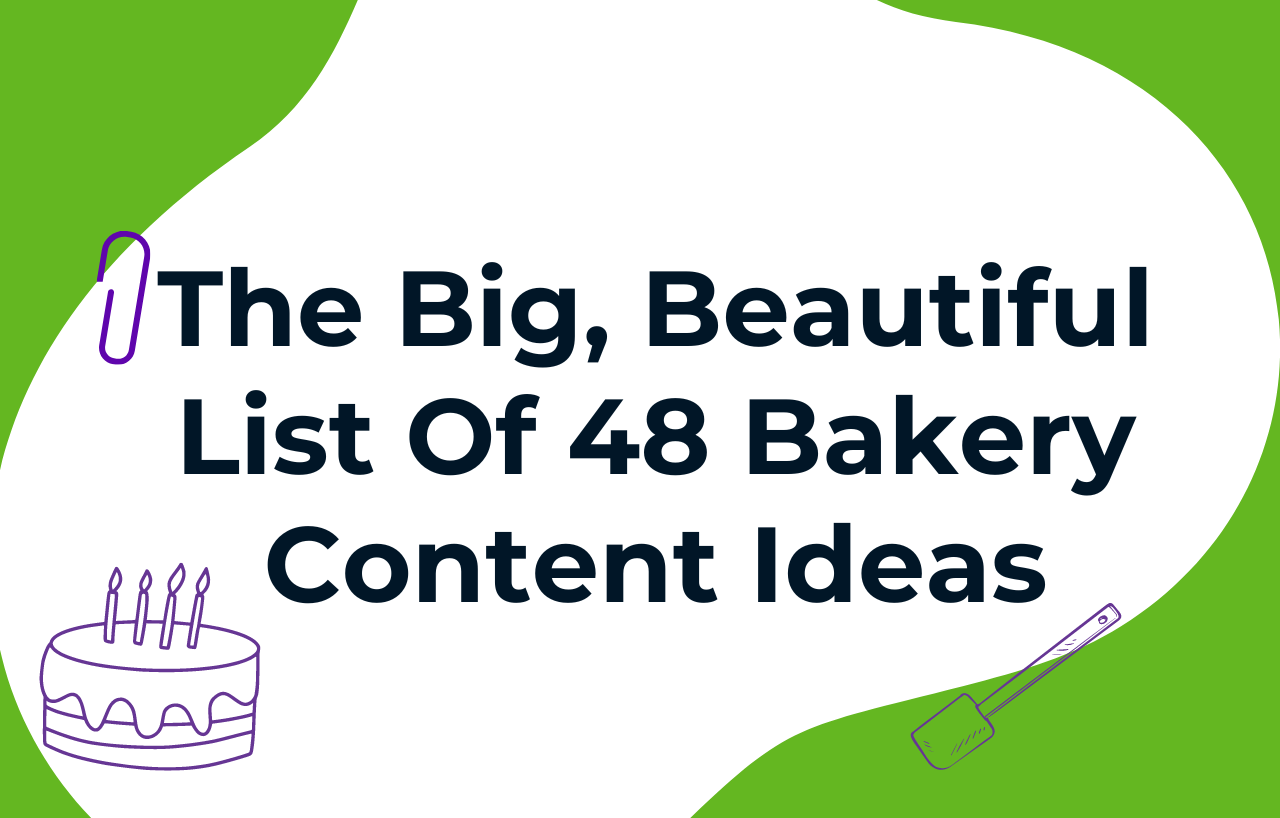 Content Marketing
Content Marketing The Big, Beautiful List Of 48 Bakery Content Ideas
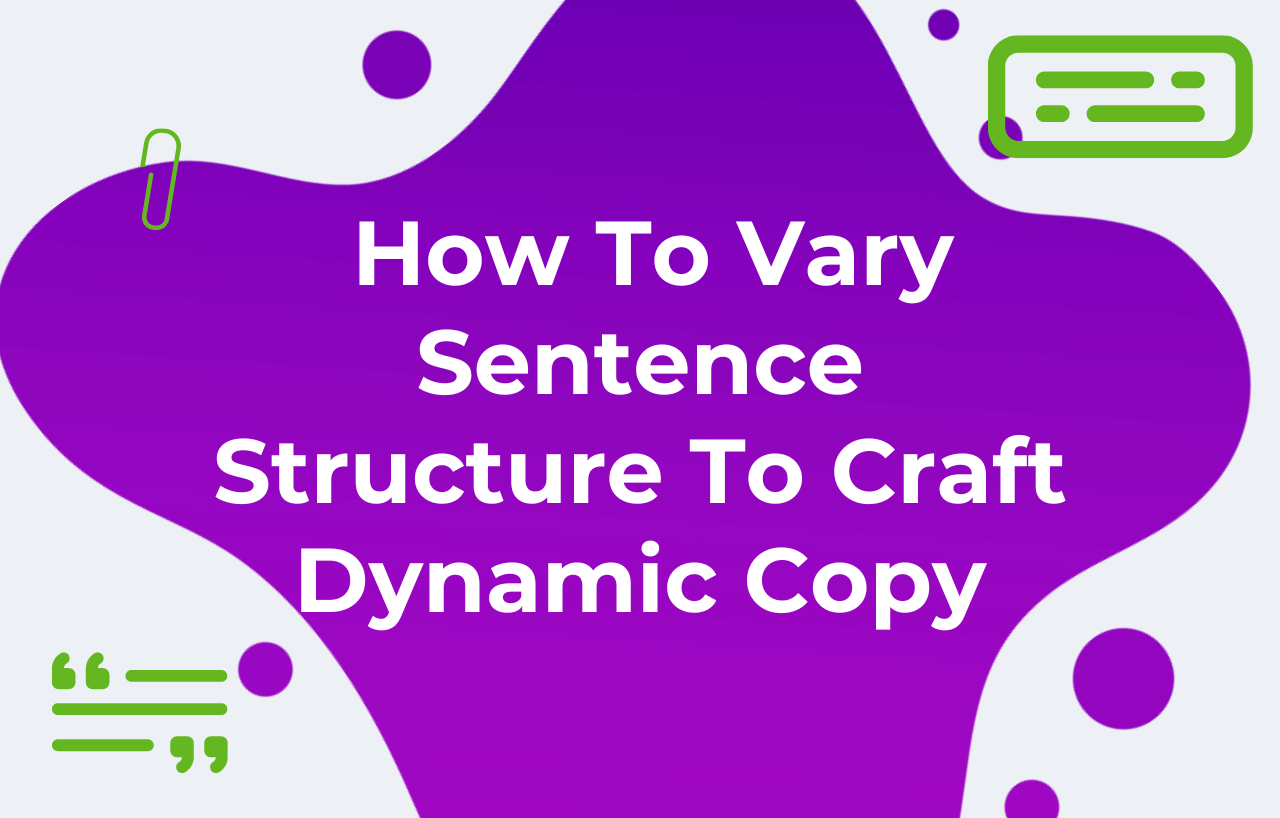 Content Marketing
Content Marketing The Art Of The Sentence: How To Vary Sentence Structure To Craft Dynamic Copy
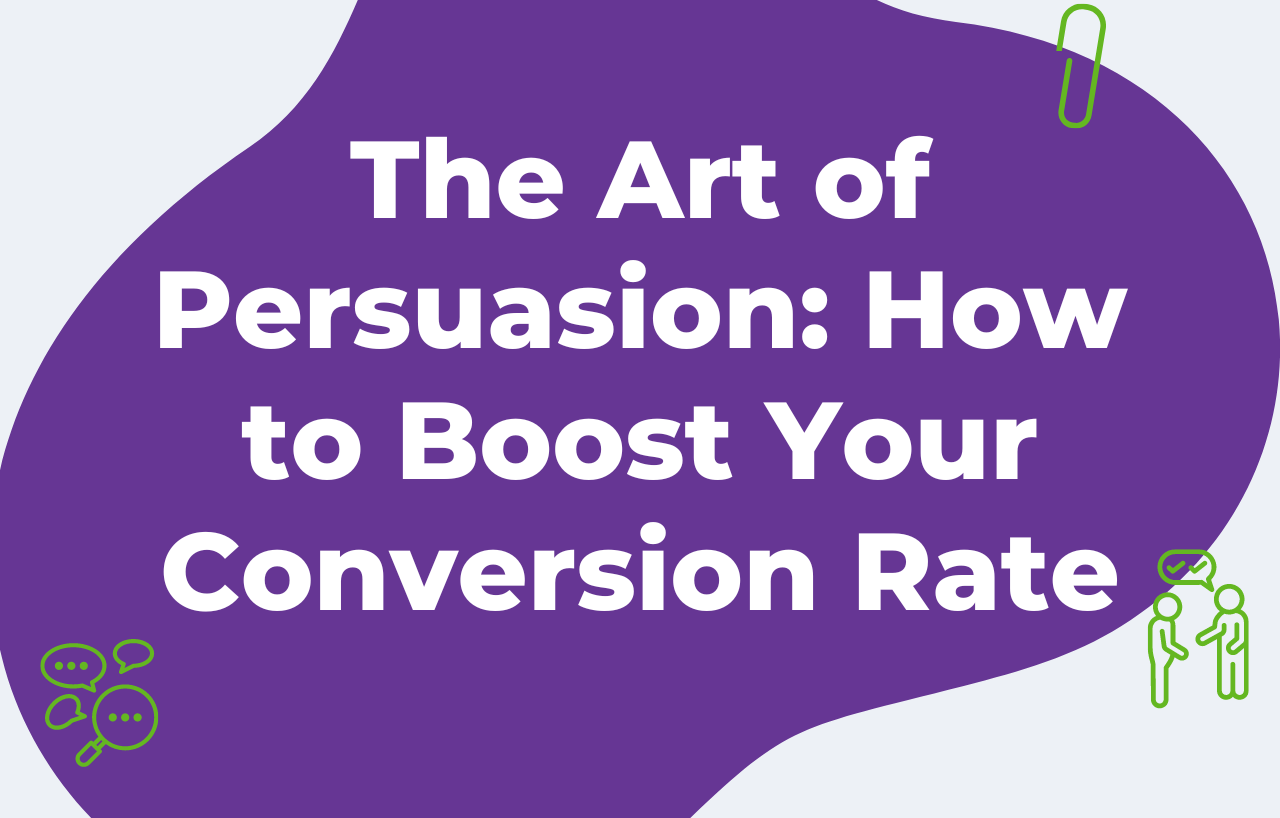 Content Strategy 101
Content Strategy 101 